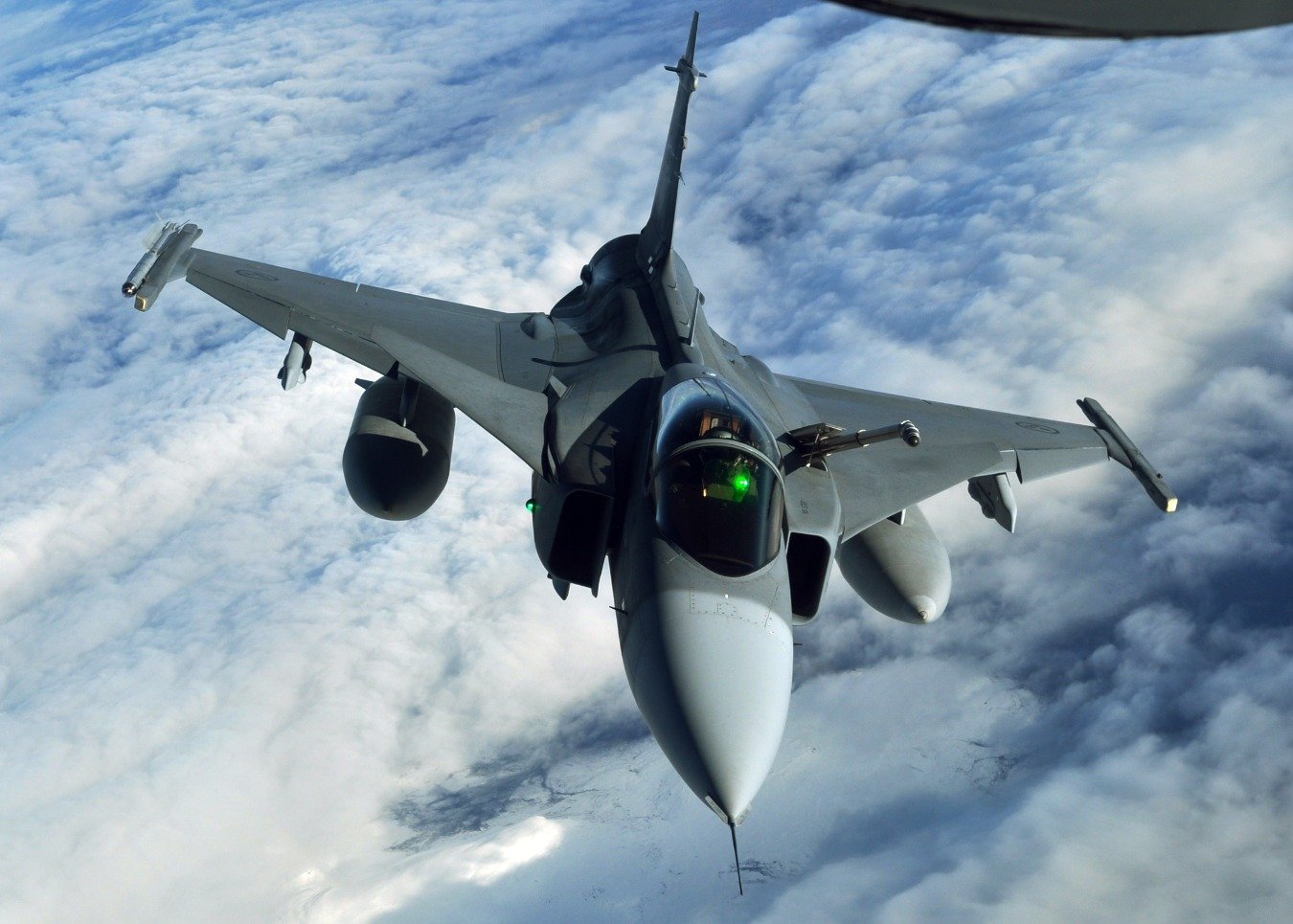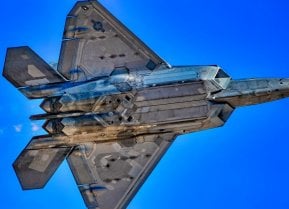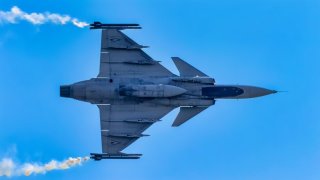JAS 39 Gripen: The Fighter From Sweden That Can Kill F-15 and F-16s
Developed as a successor to the aging Draken and Viggen fighters, the JAS 39 Gripen was designed to be highly maneuverable, capable of Mach 2 speeds, and operable from short runways, all while surpassing its predecessors in payload capacity.
Summary: Sweden's decision to join NATO, along with Finland, marks a significant shift from decades of neutrality and shines a spotlight on its indigenous multi-role fighter, the Saab JAS 39 Gripen. Originally established as an aerospace and defense company in 1937, Saab has a storied history in aircraft development, culminating in the Gripen, which stands as the pinnacle of Swedish aviation engineering. Developed as a successor to the aging Draken and Viggen fighters, the Gripen was designed to be highly maneuverable, capable of Mach 2 speeds, and operable from short runways, all while surpassing its predecessors in payload capacity. Despite initial setbacks, including two crashes during its testing phase, the Gripen entered service in 1996 and has since demonstrated its capabilities in exercises like the 2006 Red Flag in Alaska, where it proved competitive against other advanced fighters such as the F-16, Eurofighter Typhoon, and F-15. With Sweden's entry into NATO, the Gripen is poised to play a key role in the alliance, though its direct comparison with Russian aircraft remains, for now, a matter of theoretical analysis.
The Saab JAS 39 Gripen: Sweden's Answer to Modern Air Warfare Challenges
With Sweden (and Finland) joining NATO after decades of neutrality, let’s look at Sweden’s most impressive fighter: the homegrown Saab JAS 39 Gripen.
Many Americans associate Saab exclusively with their automobiles.
Saab models, like the 900, 9-3, and 9-5, were popular amongst American consumers before the company’s car division ceased operations in 2011. What most Americans likely fail to appreciate is that Saab was originally, and is still currently, an aerospace and defense company.
Founded in Stockholm, Sweden, in 1937, the company has a proud history of weapons and aircraft development. Saab is well known for their lineage of fighter jets, including the Tunnan, Lansen, Draken, and Viggen.
Saab will even be teaming up with Boeing to manufacture the US Air Force’s new jet trainer, the T-7 Red Hawk. But Saab’s most advanced fighter, the contemporary lynchpin of the Swedish Air Force, is the JAS 39 Gripen.
The JAS 39 Gripen Story
The JAS 39 Gripen was developed to replace aging Draken and Viggen aircraft. The Swedes wanted a new jet that could hit Mach 2, take-off from short runways, and that would be smaller than the Viggen while carrying a higher payload.
Foreign aircraft were considered as replacements, including the F-16, the F/A-18, the F-20, and the Mirage 2000, before Saab was chosen to create a brand-new airframe.
For Sweden, creating an advanced fighter jet was a significant, and polarizing, endeavor. The program was under the microscope, so to speak. Two crashes during the flight-testing phase exacerbated the attention and criticism.
In the first incident, in 1989, test pilot Lars Radestrom crashed while landing, as the result of an error with the fly-by-wire flight control system (FCS) pitch-control, which caused pilot-induced oscillation. Here’s a video of the crash. In the second incident, in 1993, Radestom – back for more – lost control of the Gripen during a roll at low altitude; the Gripen stalled and Radestrom ejected, surviving.) And here’s a video of that crash). The crash was credited to high amplification of the pilot’s stick command inputs. Corrections took months.
Eventually, Saab got the Gripen on track; the jet has been in service since 1996.
JAS 39 Gripen: What It Can Do
Designed as a multi-role fighter, the Gripen’s JAS designation refers to Jakt (air-to-air), Attack (air-to-surface), and Spaning (recon). The JAS 39 Gripen is light, with one seat and one engine, and maneuverable; the jet was designed with canards and delta wings, to achieve relaxed stability. An aircraft with relaxed stability cannot be trimmed to maintain a certain attitude.
Instead, if the plane pitches or rolls, it will continue to pitch or roll in that direction, at an increasing rate, until the pilot intervenes. The result is a maneuverable, albeit unstable, aircraft.

As Europe has been relatively stable since the Gripen’s introduction, and because Sweden exercises a restrained foreign policy, the Gripen has not seen much action (with Sweden, nor with foreign customers like Hungary, Brazil, or South Africa). But the Gripen did perform admirably at the 2006 Red Flag exercise in Alaska. Head-to-head with F-16s, Eurofighter Typhoons, and F-15s, the Gripen held its own, scoring several “kills” with only one loss.
Now, with Sweden joining NATO, the Gripen will inevitably be compared to its Russian counterparts.
While the Gripen is quite capable, open conflict between a NATO-aligned Sweden and Russia still seems unlikely; comparisons between the Gripen and Russian aircraft will hopefully remain a strictly theoretical exercise.
Expert Biography
Harrison Kass is a prolific defense writer with over 1,000 articles published. An attorney, pilot, guitarist, and minor pro hockey player, he joined the US Air Force as a Pilot Trainee but was medically discharged. Harrison has degrees from Lake Forest College, the University of Oregon School of Law, and New York University’s Graduate School of Arts & Sciences. He lives in Oregon and regularly listens to Dokken.


